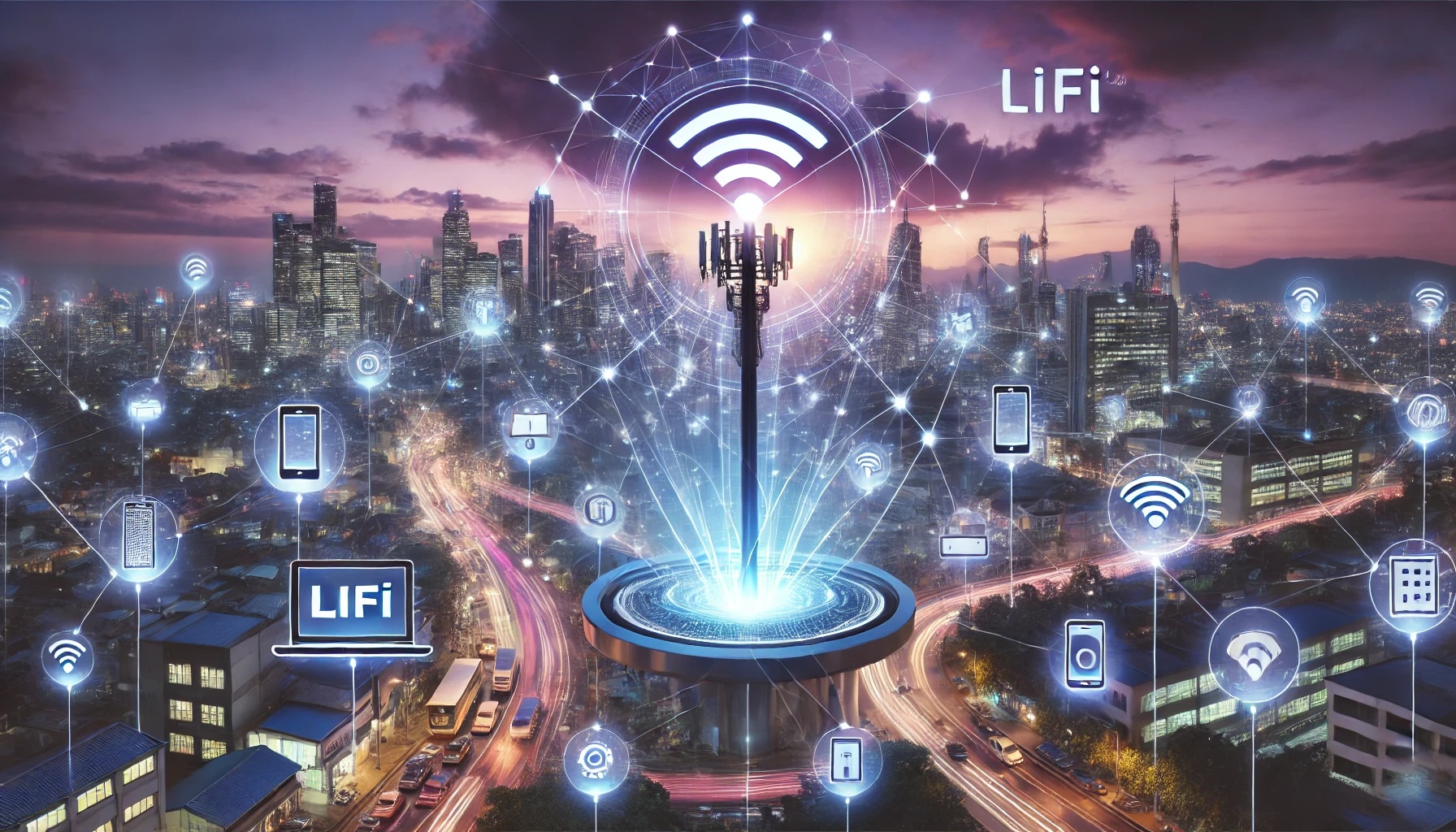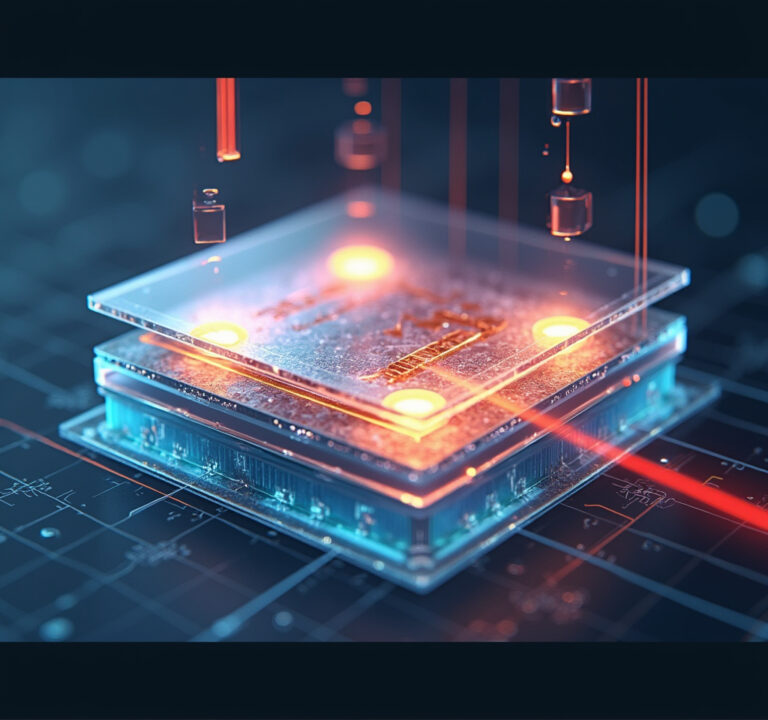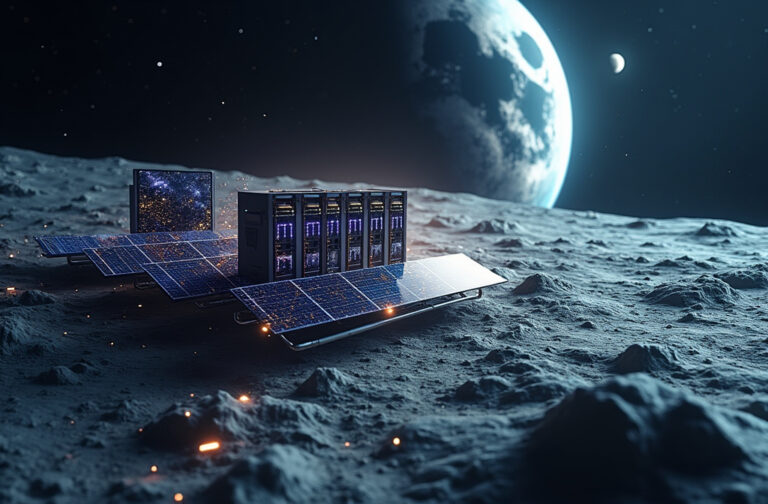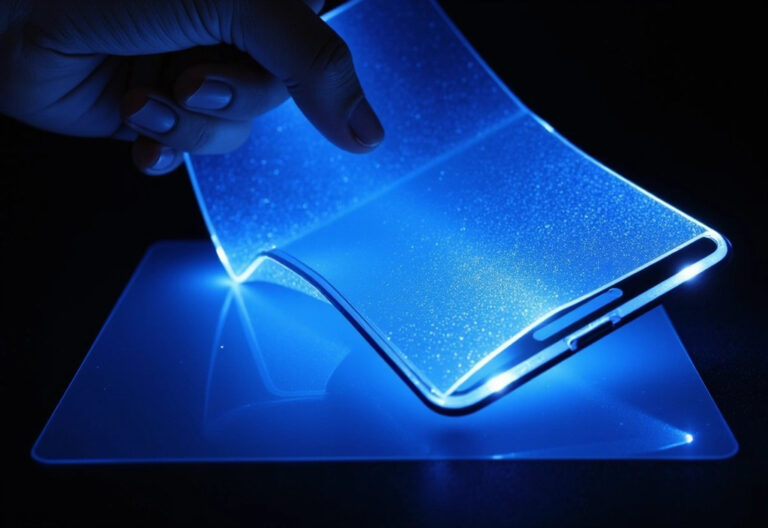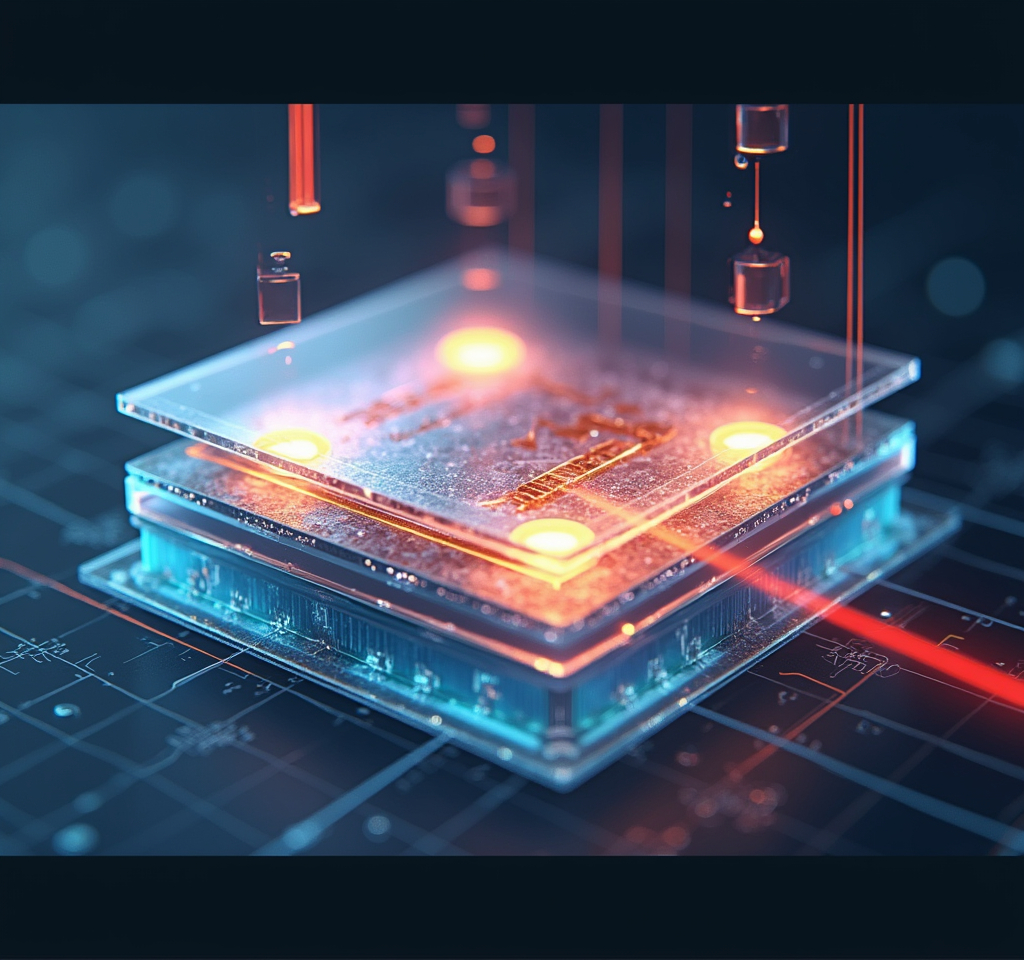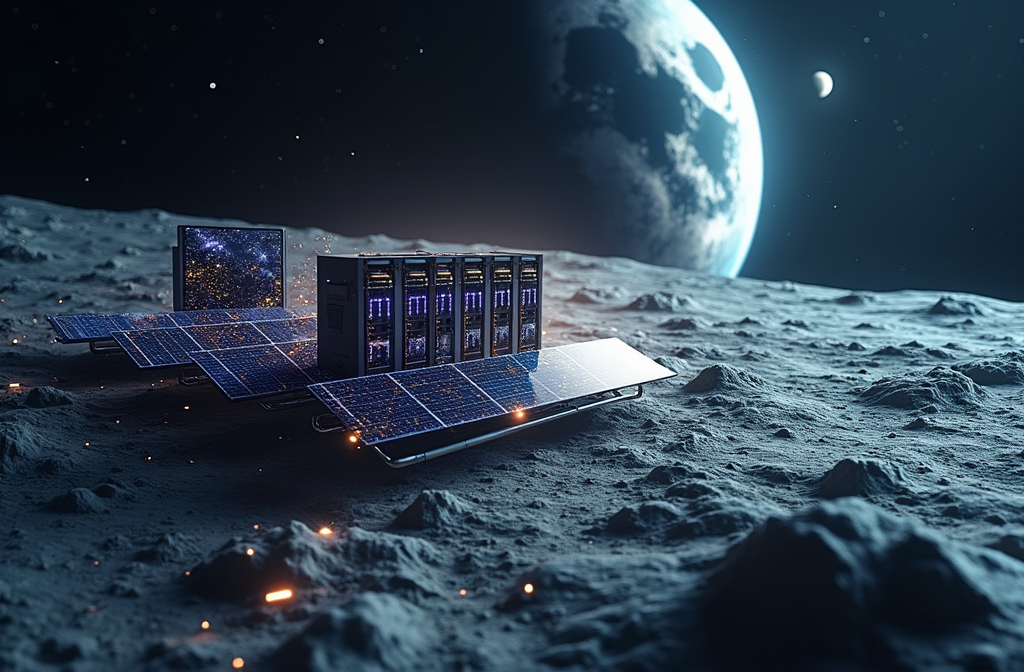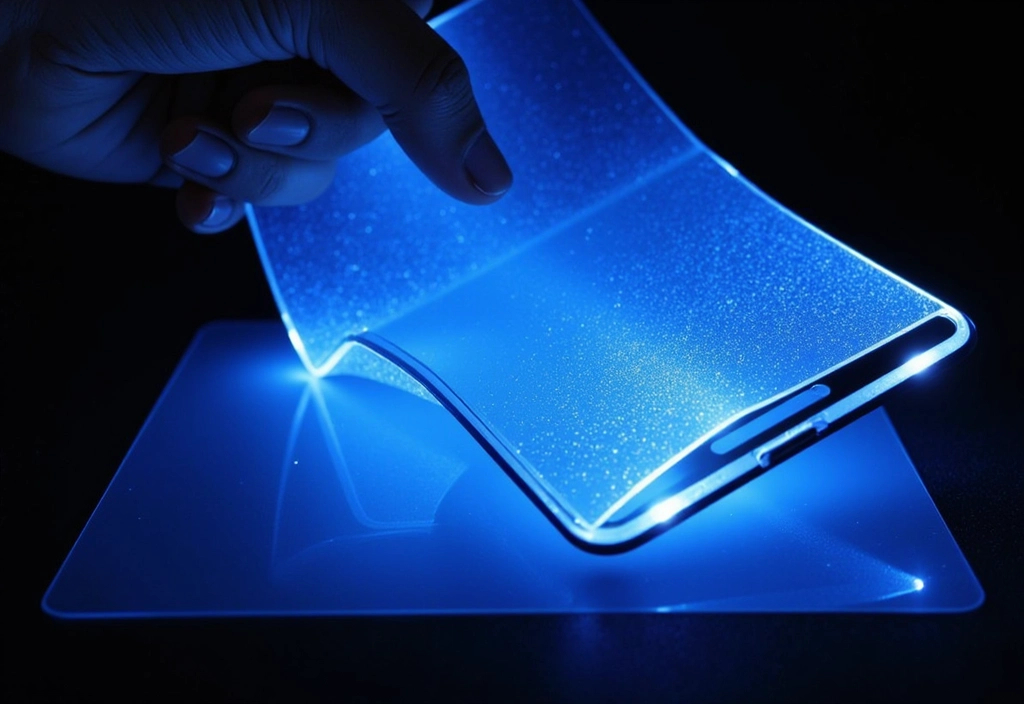In an age where internet connectivity is essential, a new wireless technology called LiFi (Light Fidelity) is set to revolutionize how we connect to the digital world. Unlike traditional Wi-Fi, which uses radio waves, LiFi transmits data using LED light bulbs. Here’s a breakdown of what makes LiFi so innovative and how it could shape the future of connectivity.
What is LiFi?
LiFi stands for Light Fidelity and is a form of wireless communication that leverages visible light to transmit data. It uses specially modified LED lights to send information at high speeds by modulating light intensity in patterns imperceptible to the human eye.
This technology can achieve speeds of up to 100 Gbps, significantly faster than most Wi-Fi networks. The potential applications of LiFi span from home internet to secure communication in environments where radio waves may interfere with sensitive equipment.
How Does LiFi Work?
LiFi operates by switching LED light bulbs on and off at extreme speeds to encode data. These signals are then received by a photodetector, which translates them back into digital information. While the concept is simple, the implications are profound.
For example, LiFi can provide internet connectivity wherever there’s a light source—from desk lamps to streetlights—making it highly versatile.
Advantages of LiFi Over Wi-Fi
Here are some key benefits of LiFi:
1. Higher Speeds
With data transfer rates of up to 100 Gbps, LiFi offers speeds that vastly outpace traditional Wi-Fi networks, allowing for seamless streaming, gaming, and data transfer.
2. Better Security
Unlike Wi-Fi, which can penetrate walls, LiFi signals are confined to the room where the light is present. This makes it inherently more secure and less vulnerable to hacking.
3. Reduced Interference
LiFi doesn’t interfere with radio frequency signals, making it ideal for environments such as hospitals, airplanes, and factories where RF interference could be problematic.
4. Energy Efficiency
Because LiFi uses existing LED lighting infrastructure, it can provide internet connectivity without requiring significant additional energy consumption.
Limitations of LiFi
Despite its potential, LiFi has some limitations:
- Short Range: LiFi signals cannot pass through walls, limiting its range to the line of sight.
- Dependence on Light: For LiFi to work, the light source must be on. It won’t function in complete darkness.
- Cost: Implementing LiFi technology requires infrastructure upgrades, which could be expensive initially.
Applications of LiFi
The potential applications of LiFi are vast and varied:
- Healthcare: LiFi can be used in hospitals, where Wi-Fi might interfere with medical equipment.
- Aviation: Airlines can offer high-speed internet without causing radio interference.
- Smart Cities: Streetlights and other public lighting could double as internet access points.
- Education: Classrooms equipped with LiFi can offer better, faster internet connections.
The Future of LiFi
While LiFi is not expected to replace Wi-Fi entirely, it is poised to become a crucial complement, especially in environments where secure and high-speed connectivity is required. As the technology matures, we can expect to see broader adoption in industries ranging from healthcare and aviation to smart cities and IoT.
Final Thoughts
LiFi represents a significant leap forward in wireless communication, offering ultra-fast, secure, and reliable internet through a medium we encounter every day—light. As more companies invest in LiFi technology, we could see a future where light sources are also data sources, transforming the way we interact with the digital world.
Stay tuned as this exciting technology continues to evolve, promising a world where connectivity is as simple as turning on a light bulb.
Article derived from: Singh, N. (2024, December 27). What is LiFi, Differences and Misconceptions. Geekflare. https://geekflare.com/consumer-tech/lifi-explained/
Check out the cool NewsWade YouTube video about this article!

